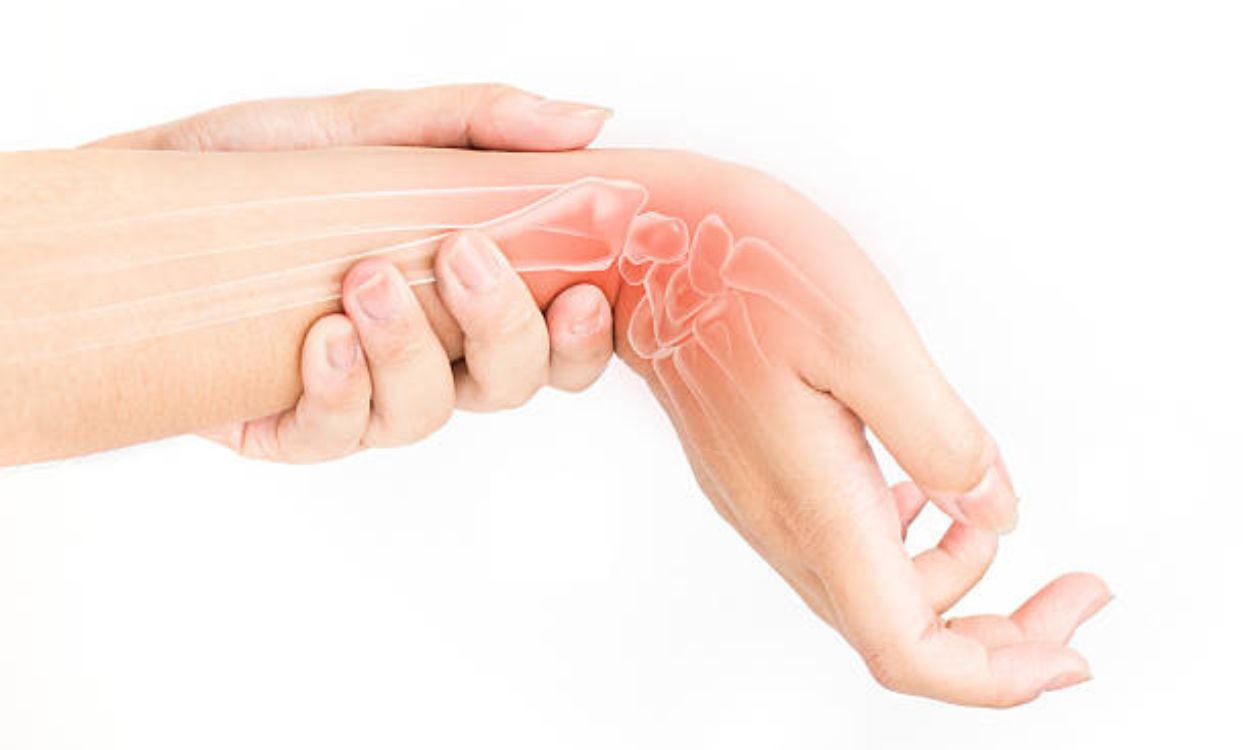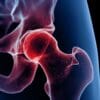Understanding the Hidden Dangers: Does Fatty Liver Increase the Risk of Fractures?**
In the realm of modern health challenges, fatty liver disease has emerged as a prevalent concern, particularly among the urban population in India. But beyond its well-known complications, there’s a lesser-discussed risk that may surprise you: fractures. In this blog, we delve into the link between fatty liver disease and bone health while exploring practical solutions to mitigate this risk.
What is Fatty Liver Disease?
Fatty liver disease, or hepatic steatosis, is a condition characterized by the accumulation of excess fat in liver cells. It is often linked to obesity, insulin resistance, and metabolic syndrome. While the liver naturally contains some fat, an excess can pose significant health problems.
The Connection Between Fatty Liver and Fractures
The Role of Bone Metabolism: Emerging research indicates that fatty liver disease can negatively impact bone metabolism. This is primarily due to the altered secretion of osteoprotegerin and increased production of pro-inflammatory cytokines, which can lead to decreased bone density.
Vitamin D Deficiency: Individuals with fatty liver often experience vitamin D deficiency, a vital component for bone health. Lower levels of vitamin D can lead to impaired calcium absorption, increasing the risk of osteopenia and osteoporosis, conditions that weaken bones and heighten fracture risk.
Insulin Resistance and Inflammation: Fatty liver is closely linked with insulin resistance and chronic inflammation, both of which can further exacerbate bone loss. These factors contribute to alterations in the bone microarchitecture, making bones more susceptible to fractures.
Addressing the Risk: Practical Steps
Dietary Adjustments: Incorporate a balanced diet rich in calcium and vitamin D. Foods such as dairy products, green leafy vegetables, and fortified cereals can help maintain bone health. Consider natural sources of vitamin D such as sunlight exposure and fatty fish like salmon and sardines.
Regular Exercise: Engage in weight-bearing exercises such as walking, jogging, and resistance training. These activities enhance bone strength and help manage weight, reducing the risk of fatty liver progression.
Medical Assessment: Regular health check-ups are crucial for early detection and management of fatty liver disease. If diagnosed, work closely with healthcare providers to monitor liver function and bone health.
Lifestyle Modifications: Reduce alcohol intake and quit smoking, as both habits can aggravate liver damage and hinder bone health. Prioritize quality sleep and stress management to support overall well-being.
Discovering Fitpaa: Your Partner in Health Management
At Fitpaa, our mission is to empower individuals to take charge of their health with confidence. Our AI-driven metabolism monitoring and management technology is designed to cater to your unique health needs, ensuring you achieve your fitness goals with ease.
With the Fitpaa app, you gain access to personalized Fitpaa Capsules — a comprehensive health plan comprising medical nutrition therapy, exercise guidance, and cognitive behavioral interventions. Our expert team, including fitness coaches, nutritionists, and doctors, collaborates to optimize your metabolism, enhance bone health, and guide you on your wellness journey.
Download the Fitpaa app today to join a community of health enthusiasts committed to living life to the fullest. Together, let’s transform your health and prevent the silent risks associated with conditions like fatty liver disease.
Conclusion
Understanding the intricate connection between fatty liver disease and fracture risk is vital for proactive health management. Through informed lifestyle changes and the support of innovative solutions like Fitpaa, you can protect your bone health and live a life free from the limitations of chronic conditions. Prioritize your well-being today, because your health is your greatest wealth.











